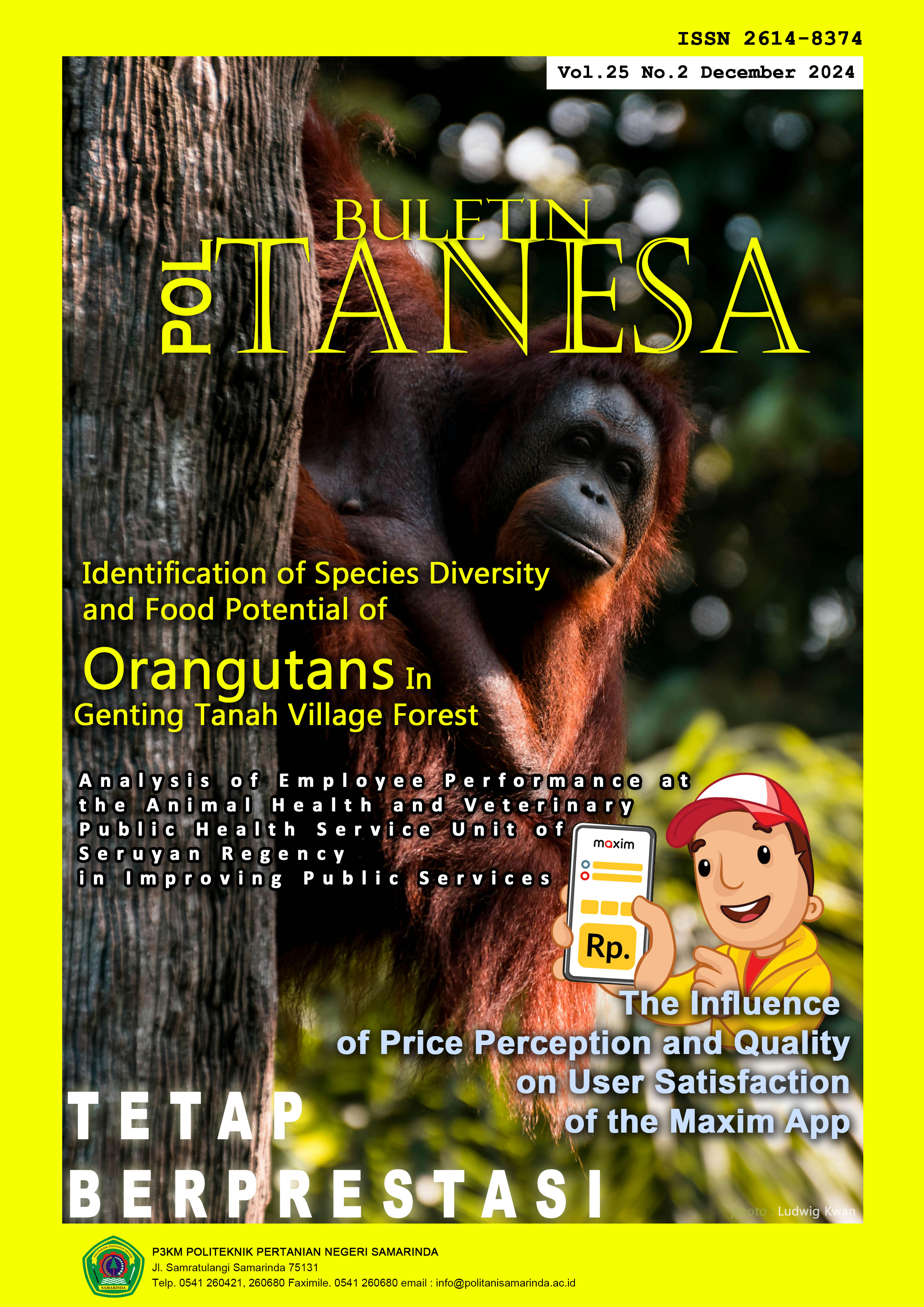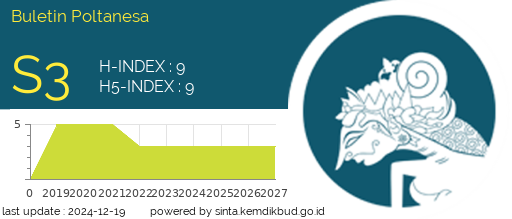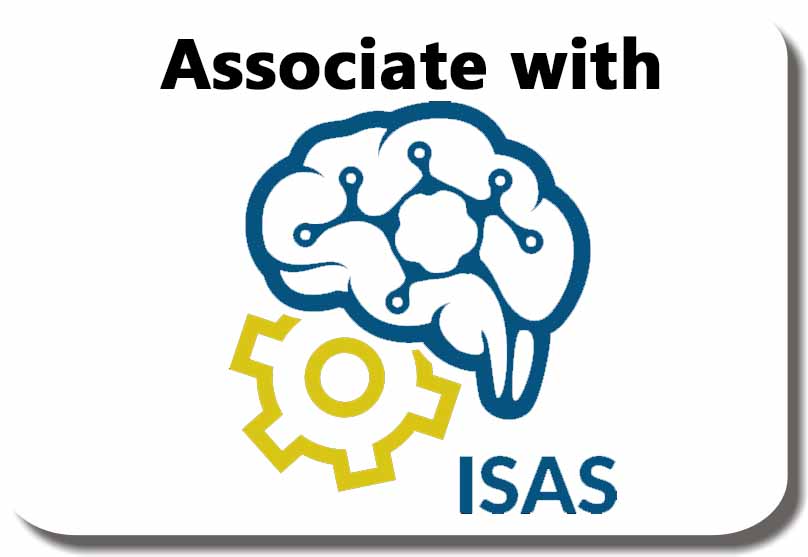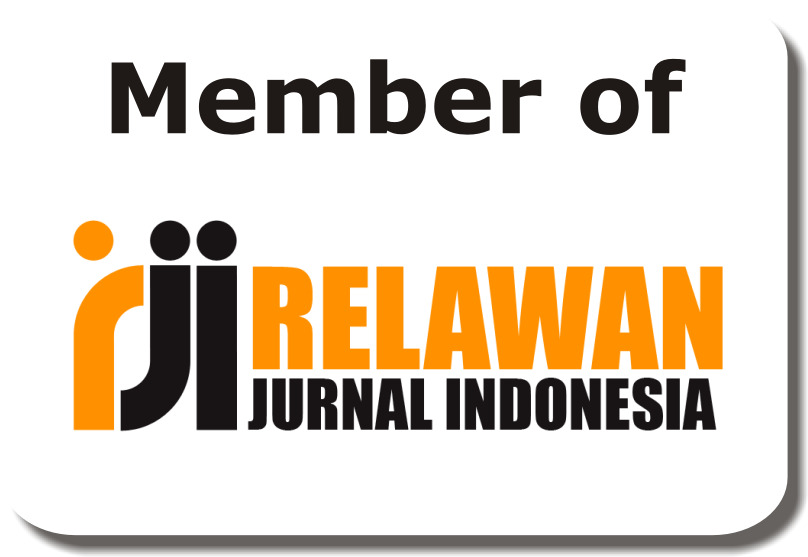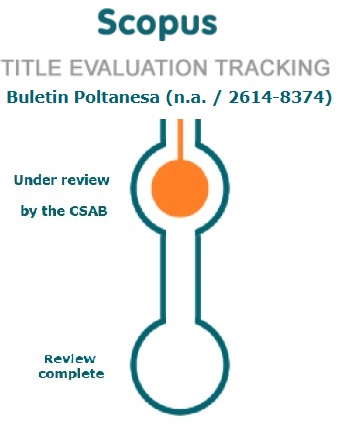Improving Students’ Reading Comprehension through Storytelling Frame
DOI:
https://doi.org/10.51967/tanesa.v25i2.3183Keywords:
Reading Comprehension, Story Telling, Elementary SchoolAbstract
Reading is a basic skill that students must master and enjoy. Through reading, students can increase and improve their knowledge. However, reading is a challenging activity. Based on the observation, the author found that Elementary students in SDN 012 had low abilities in reading activities. This low reading ability has an impact on limited student participation in reading activities. Therefore, the author creates a story telling frame and stages of reading activities that can increase student participation in reading activities and improve students' reading skills. There were some stages done by the author. The first was designing a story telling frame, implementing reading activities with students, the second was using a story telling frame with students and teachers and the last was evaluating the story telling frame. The design of storytelling frame used square and round shape stainless in gold color. They were decorated with artificial flowers, dolls and cloth. The story telling frame was designed based on the theme of the story, which is “where is bear?”. There were 20 students who joined the story telling activity using the story telling frame. The pre-test and post-test on students’ reading comprehension revealed that students have better understanding on reading the text by using story telling frame.
References
Akhmetova, A., Imambayeva, G., & Csapó, B. (2022). A study of reading attitude and reading achievement among young learners in middle school. Heliyon, 8(7). https://doi.org/10.1016/j.heliyon.2022.e09946
Amalia, P. A. (2023). Penelitian dan Pengembangan Buku Cerita Berbahasa Inggris dengan Internalisasi Pendidikan Karakter Menggunakan Metode Dialogic. Sebatik, 27(1), 273–278. https://doi.org/10.46984/sebatik.v27i1.2022
Amalia, P. A., Kurniawan, A., & Hendrawan, A. (2020). Membuat Dan Mengaplikasikan Bahan Ajar: Bilingual Card Game Pada Siswa Sekolah Dasar. Prosiding 4th Seminar Nasional Penelitian & Pengabdian Kepada Masyarakat 2020, 99–103.
Beek, ter M., Opdenakker, M. C., Spijkerboer, A. W., Brummer, L., Ozinga, H. W., & Strijbos, J. W. (2019). Scaffolding expository history text reading: Effects on adolescents’ comprehension, self-regulation, and motivation. Learning and Individual Differences, 74. https://doi.org/10.1016/j.lindif.2019.06.003
Cadime, I., Freitas, T., Martín-Aragoneses, M. T., & Ribeiro, I. (2024). Does reading fluency mediate the relationship between cognitive-linguistic skills and reading comprehension? A study in European Portuguese. Cognitive Development, 71. https://doi.org/10.1016/j.cogdev.2024.101490
Cockerill, M., Thurston, A., & O’Keeffe, J. (2023). Using fluency and comprehension instruction with struggling readers to improve student reading outcomes in English elementary schools. International Journal of Educational Research Open, 5. https://doi.org/10.1016/j.ijedro.2023.100264
Hatam, W. R., Sudibyo, D., Wibowo, A., & Uk, A. (2018). The Effectiveness of Storytelling Strategy to Improve Students’ Reading Comprehension at Second Grades of Mts Al-Ma’arif 1. Jurnal Interaction, 5(2).
Hazliana, N., Mustofa, M., & Ni’mah, D. (2023). The Effectiveness of Storytelling of Reading Comprehension of Eleventh Grade Students MA Bilingual Batu. Universitas Islam Malang.
Moon, Y., & Grace Kim, Y. S. (2024). Do the relations of vocabulary and attentional control with word reading and spelling change as a function of development and spelling scoring method? Journal of Experimental Child Psychology, 246. https://doi.org/10.1016/j.jecp.2024.106019
Nugrahanto, S., & Zuchdi, D. (2019). Indonesia PISA Result and Impact on The Reading Learning Program in Indonesia. http://puspendik.kemdikbud.go.id/inap-
Ramamurthy, C., Zuo, P., Armstrong, G., & Andriessen, K. (2024). The impact of storytelling on building resilience in children: A systematic review. In Journal of Psychiatric and Mental Health Nursing (Vol. 31, Issue 4, pp. 525–542). John Wiley and Sons Inc. https://doi.org/10.1111/jpm.13008
Rohmawati, D. L. (2016). Improving Students’ Reading Through Paired Storytelling in SMP N 1 Mojogendang.
Santoso, A. L. B., Ginting, D., Eko, W., Universitas, Y., & Chung, M. (2023). The Effects of Storytelling Teaching Style on Elementary Students’ Reading Comprehension. Journal of English Educational Study (JEES), 6, 132–141.
Sari, I. F. R. (2018). Konsep Dasar Gerakan Literasi Sekolah pada Permendikbud Nomor 23 Tahun 2015 Tentang Penumbuhan Budi Pekerti. Al-Bidayah: Jurnal Pendidikan Dasar Islam, 10(01), 1–11. https://www.google.com/search?q=puspendik.kemdikbud.
Sinha, N., Nikki Arrington, C., Malins, J. G., Pugh, K. R., Frijters, J. C., & Morris, R. (2024). The reading-attention relationship: Variations in working memory network activity during single word decoding in children with and without dyslexia. Neuropsychologia, 195. https://doi.org/10.1016/j.neuropsychologia.2024.108821
Valcárcel Jiménez, M., Yumus, M., Schiele, T., Mues, A., & Niklas, F. (2024). Preschool emergent literacy skills as predictors of reading and spelling in Grade 2 and the role of migration background in Germany. Journal of Experimental Child Psychology, 244. https://doi.org/10.1016/j.jecp.2024.105927
Wang, P., Huang, X., & Chang, X. (2023). The effect of inhibitory control and language proficiency on intra-sentential switching costs in reading comprehension. Acta Psychologica, 241. https://doi.org/10.1016/j.actpsy.2023.104063
Yisihak Ukumo, E., & Damtew Berlie, A. (2024). Primary school English teachers’ practice of teaching early grade reading. Social Sciences and Humanities Open, 9. https://doi.org/10.1016/j.ssaho.2024.100840
Zhai, C., Wibowo, S., & Li, L. D. (2024). The effects of over-reliance on AI dialogue systems on students’ cognitive abilities: a systematic review. Smart Learning Environments, 11(1). https://doi.org/10.1186/s40561-024-00316-7
Zhuang, Z., Liang, Z., Rao, Y., Xie, H., & Wang, F. L. (2023). Out-of-vocabulary word embedding learning based on reading comprehension mechanism. Natural Language Processing Journal, 5, 100038. https://doi.org/10.1016/j.nlp.2023.100038
Downloads
Published
How to Cite
Issue
Section
License
Copyright (c) 2024 Buletin Poltanesa

This work is licensed under a Creative Commons Attribution-ShareAlike 4.0 International License.
The copyright of this article is transferred to Buletin Poltanesa and Politeknik Pertanian Negeri Samarinda, when the article is accepted for publication. the authors transfer all and all rights into and to paper including but not limited to all copyrights in the Buletin Poltanesa. The author represents and warrants that the original is the original and that he/she is the author of this paper unless the material is clearly identified as the original source, with notification of the permission of the copyright owner if necessary.
A Copyright permission is obtained for material published elsewhere and who require permission for this reproduction. Furthermore, I / We hereby transfer the unlimited publication rights of the above paper to Poltanesa. Copyright transfer includes exclusive rights to reproduce and distribute articles, including reprints, translations, photographic reproductions, microforms, electronic forms (offline, online), or other similar reproductions.
The author's mark is appropriate for and accepts responsibility for releasing this material on behalf of any and all coauthor. This Agreement shall be signed by at least one author who has obtained the consent of the co-author (s) if applicable. After the submission of this agreement is signed by the author concerned, the amendment of the author or in the order of the author listed shall not be accepted.

